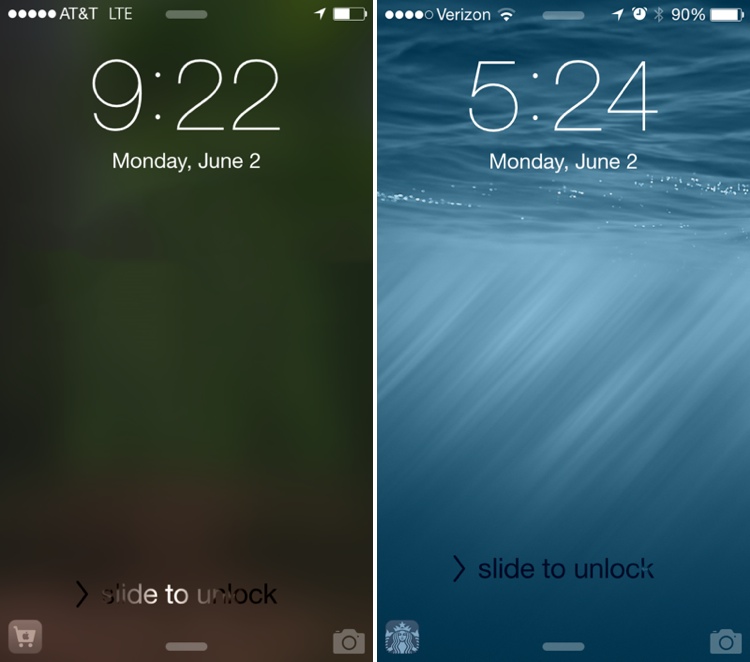Networking to Build Your Personal Brand
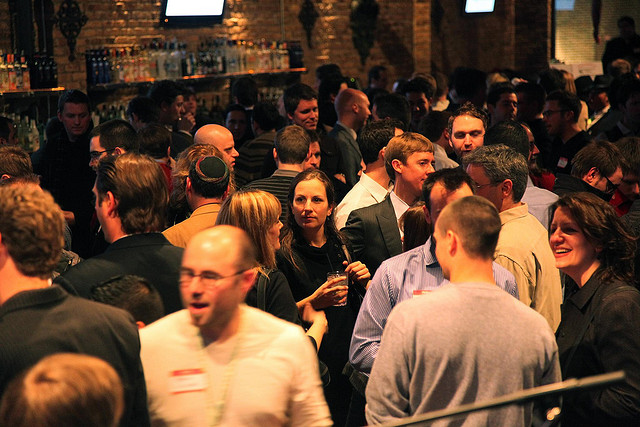
More Opportunities
There is a common myth that you only need to network when looking for a new job or promoting a new company. False! Networking can open up a number of opportunities for introductions, future job offers, partnerships, speaking opportunities, client leads, and more. Creating strong connections and leaving a positive impression will open doors today, and years from now.
Advice
Meeting new people means hearing different perspectives on industry trends, your business or campaign idea, and your personal brand. Many professional events are also centered around short presentations or discussions which can help spark ideas and generate feedback on your brand or current project.
Assistance and Influence
Networking opens up the great opportunity of getting and giving assistance. In How to Be a Power Connector, Judy Robinett suggests three questions for networking: How can I help you? What ideas do you have for me? and Who else do you know that I should talk to? Offering assistance where needed, and also asking for help, will strengthen your connections and open up more possibilities of working with people in the future. When it comes to sharing news that your business has launched or just something as simple as promoting a blog post, having a large network will help spread the word and drive awareness.
Networking and building your personal brand goes hand in hand. If you’re new to, or nervous about, networking, check out our next post on the best tips to get the most out of networking at events!

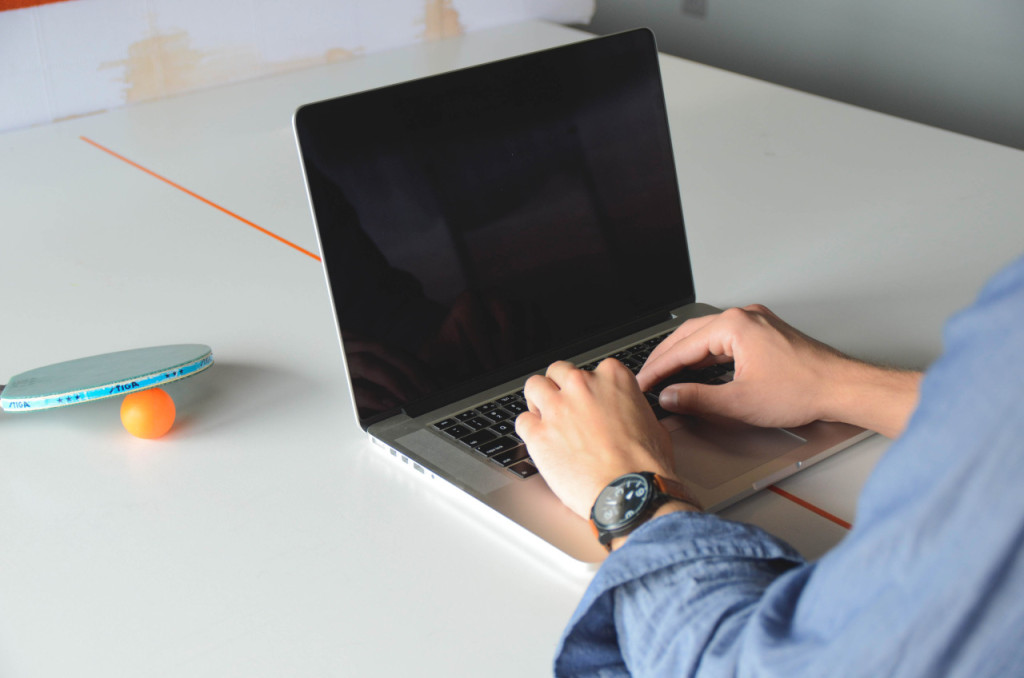
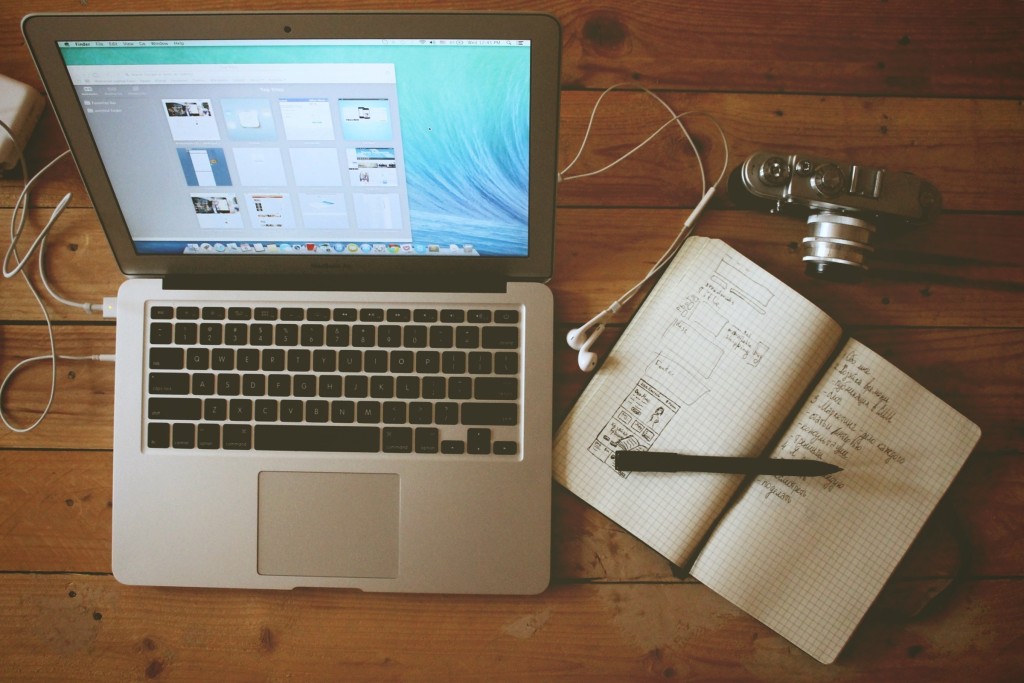
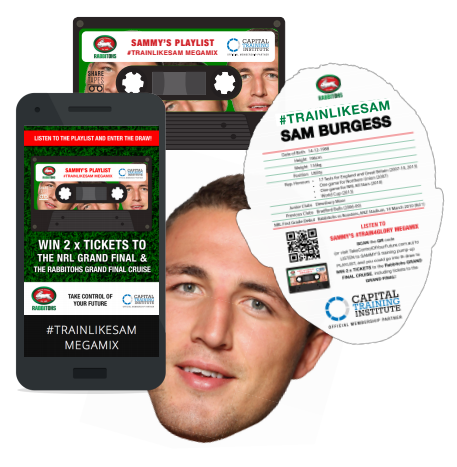
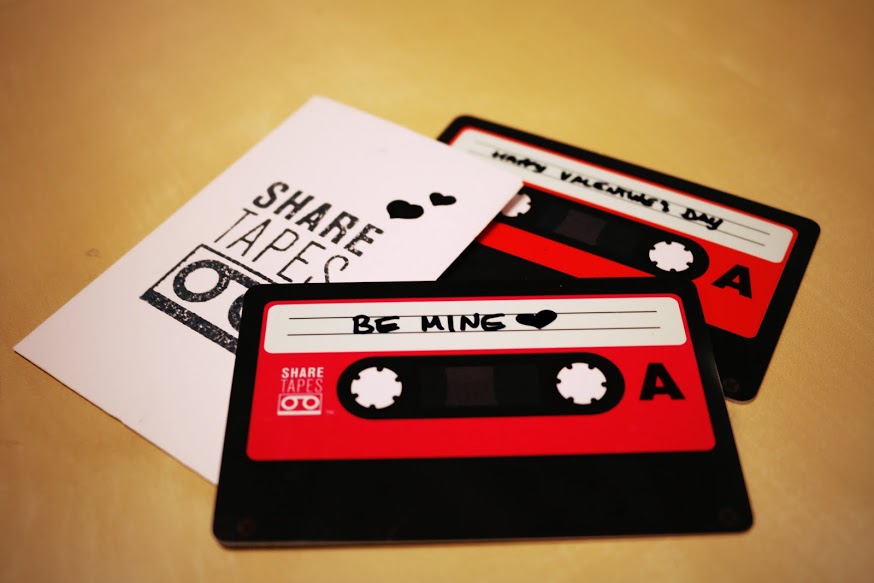
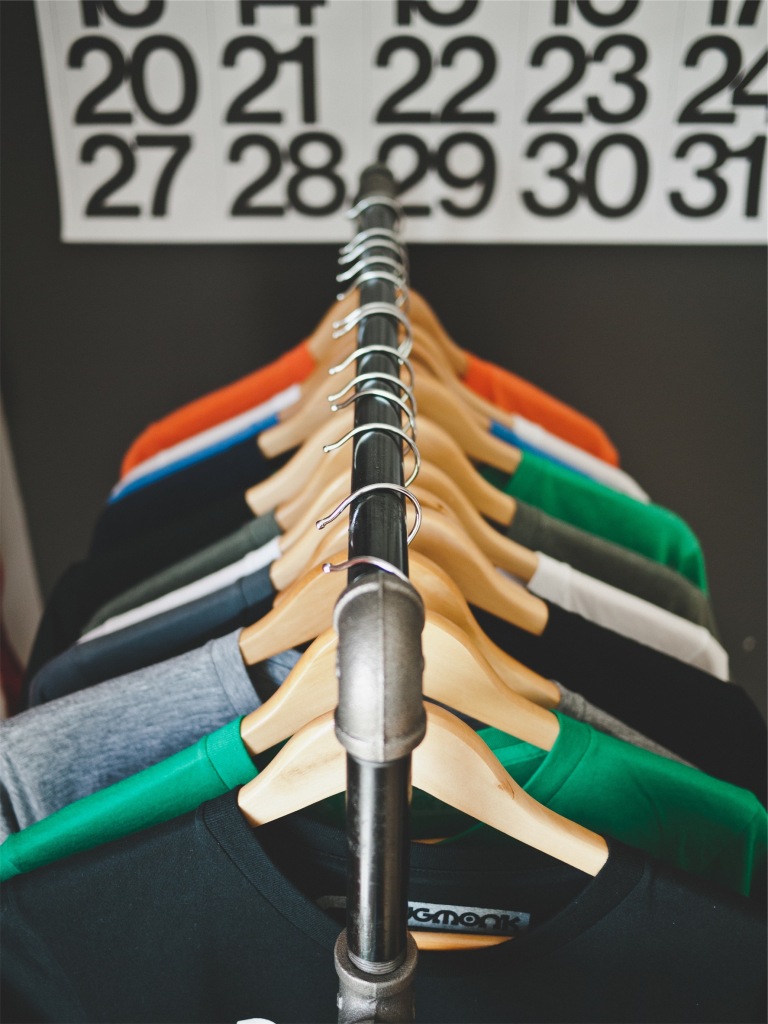



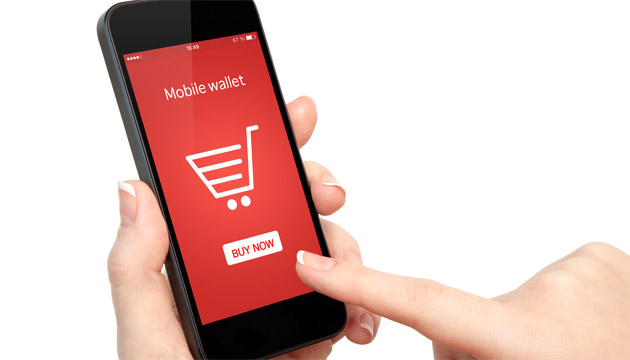

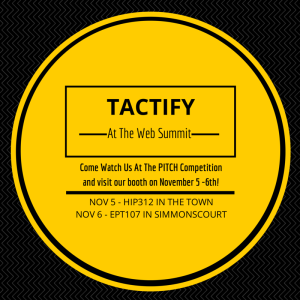 We are excited to announce we will be participating at
We are excited to announce we will be participating at 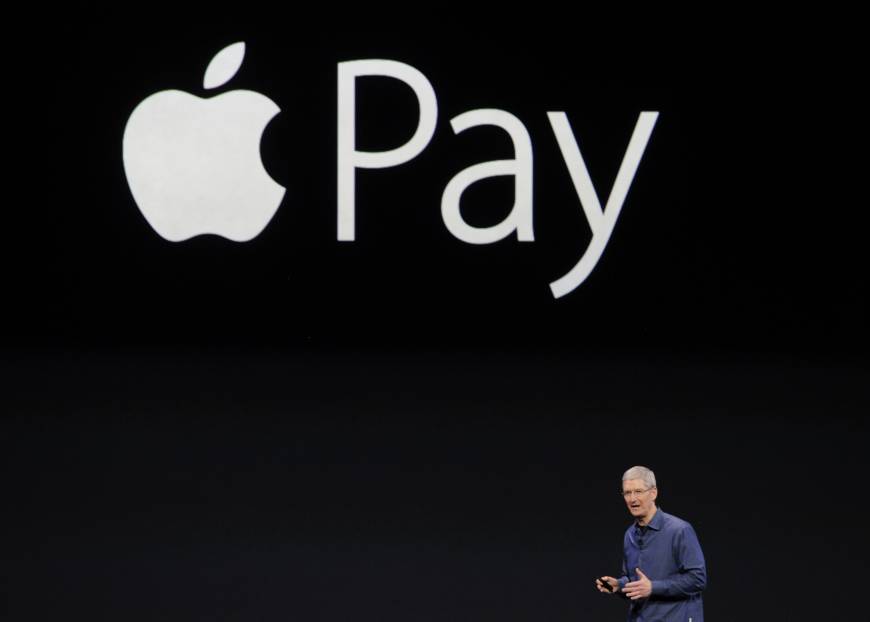
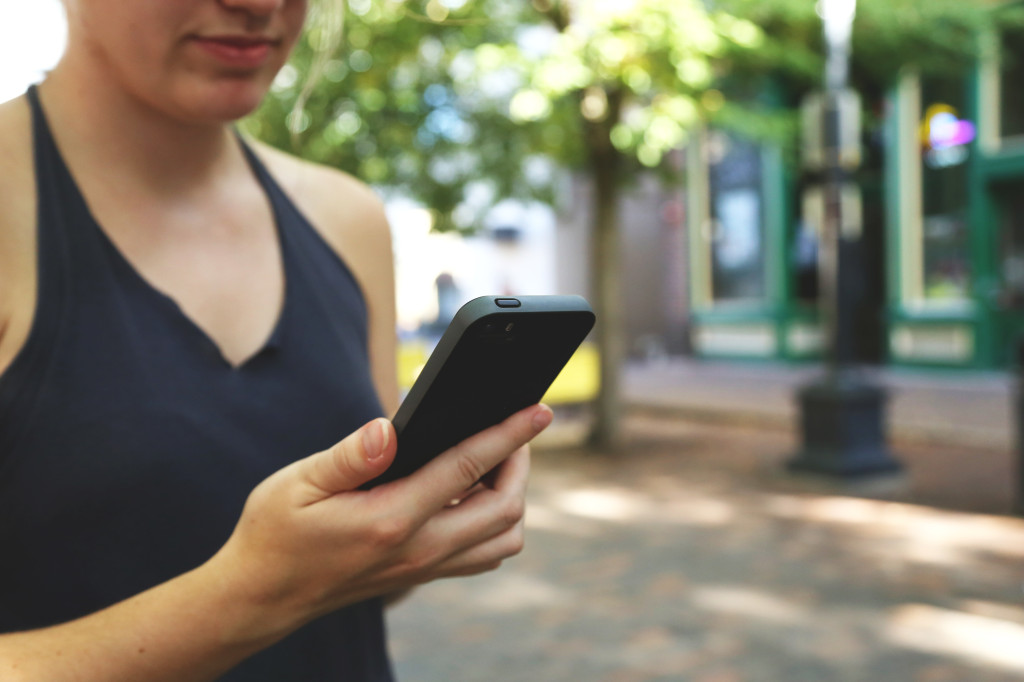

 Hillshire Brands
Hillshire Brands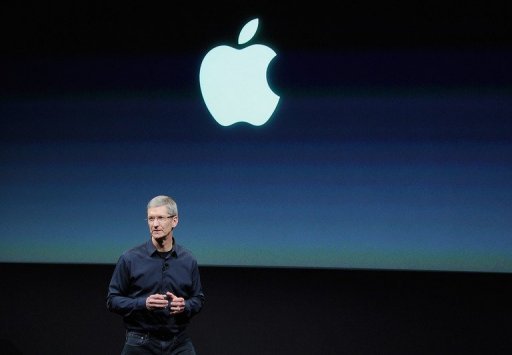
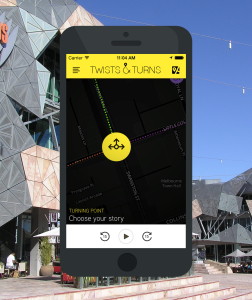
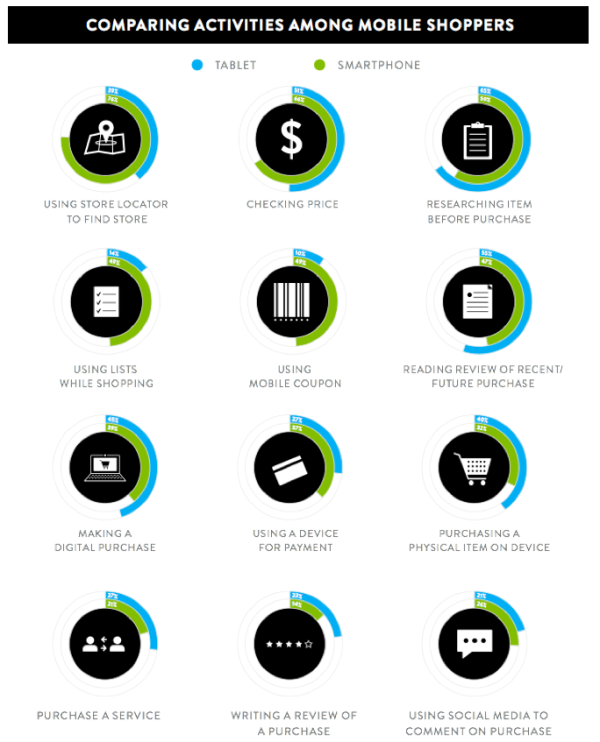
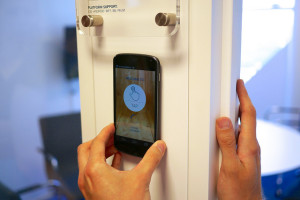
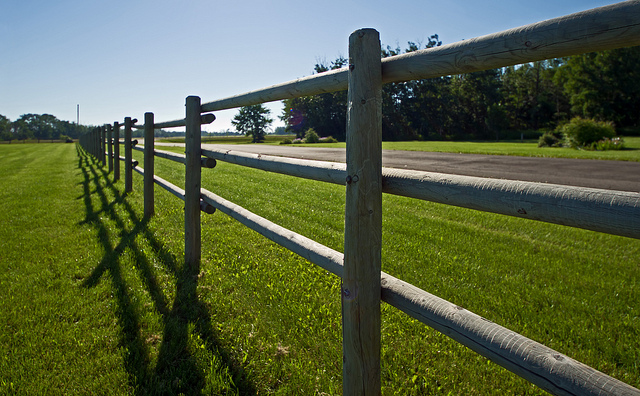 Brands are embracing
Brands are embracing 

